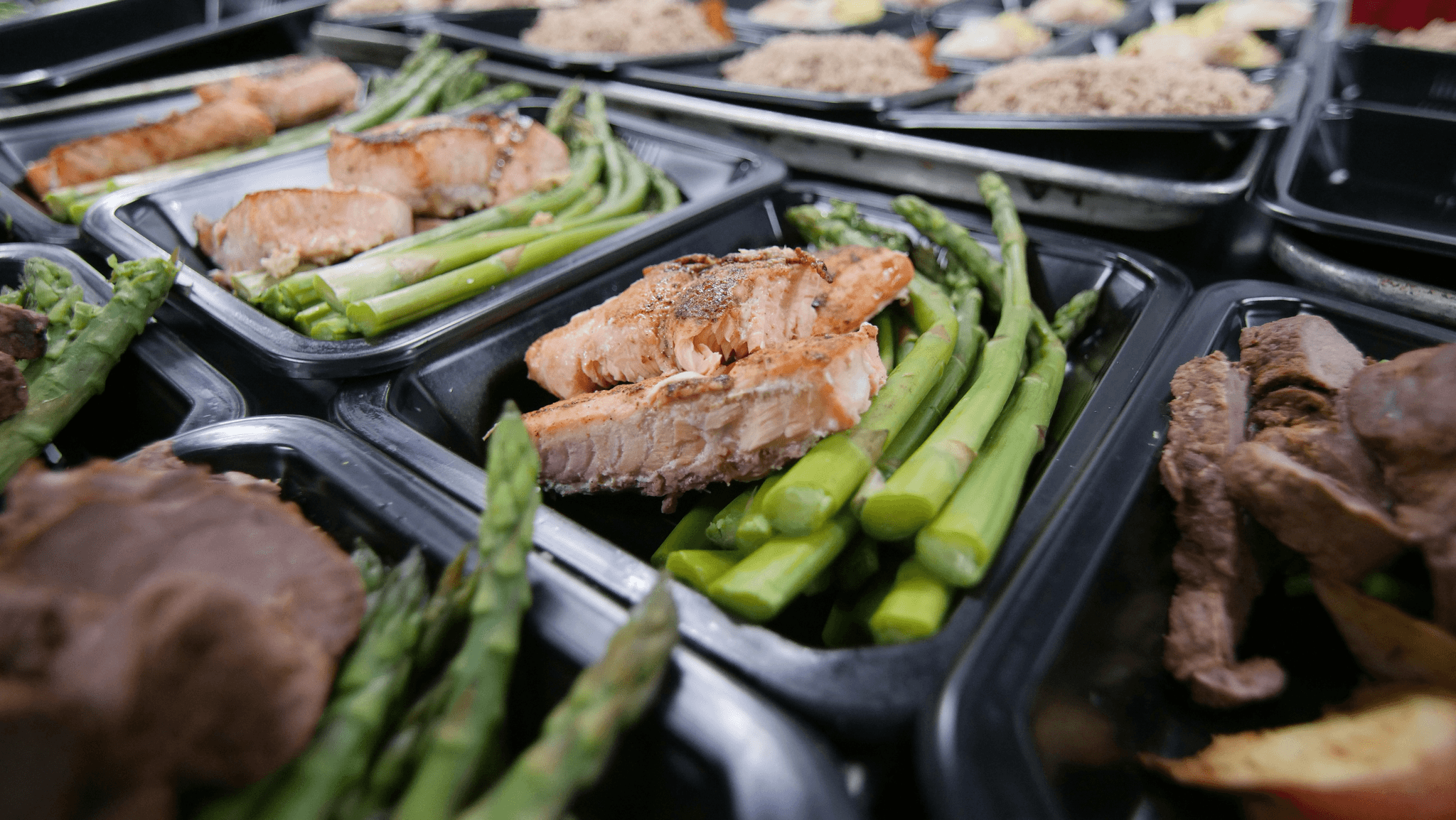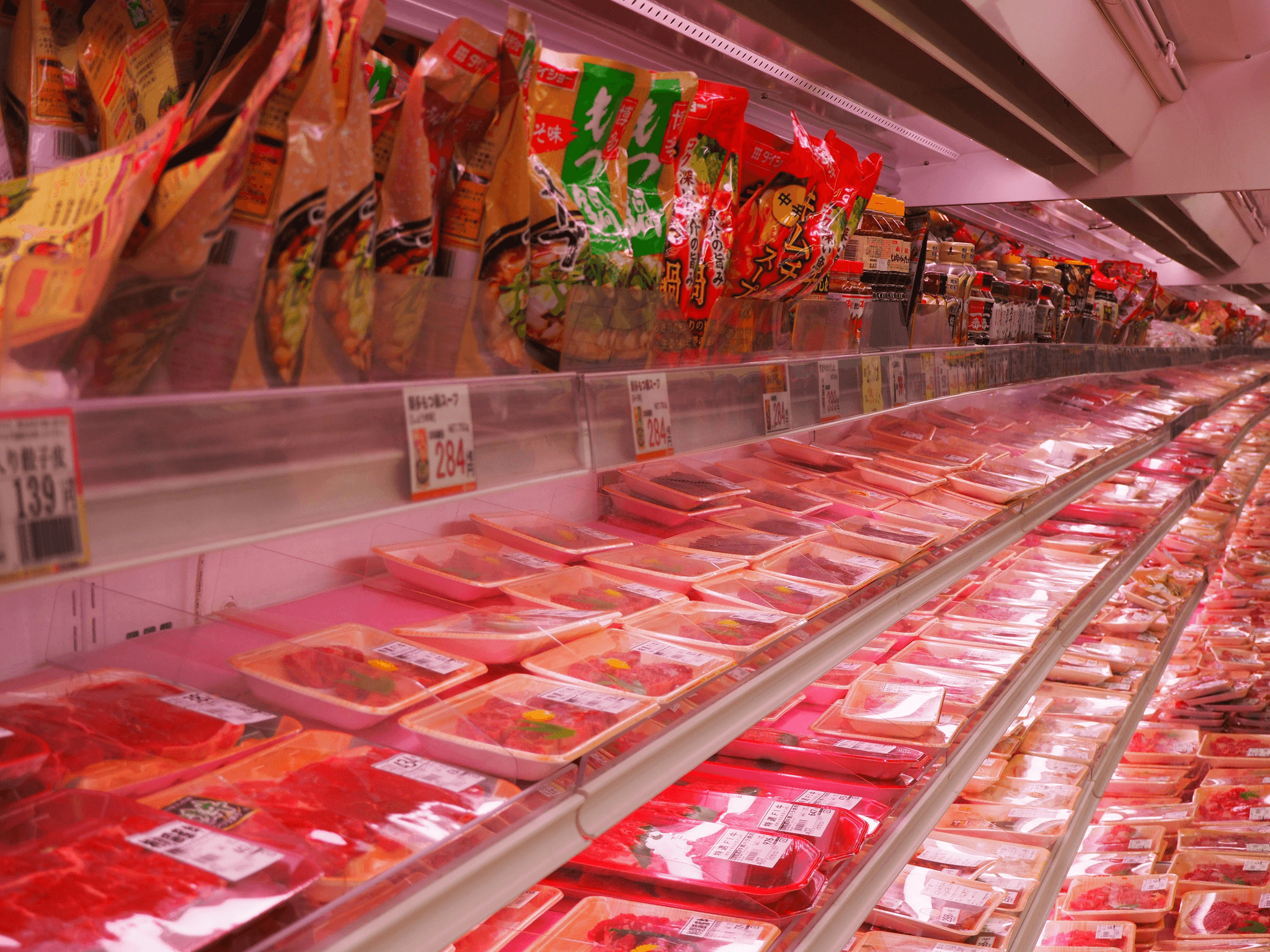Introduction

In the world of meat packaging, the right choice can make all the difference between a delicious meal and a spoiled one. With consumers becoming more conscious about sustainability, exploring eco-friendly options in meat packaging trays is essential for both quality and environmental impact. Quality packaging solutions not only preserve freshness but also enhance the overall appeal of your products.
Importance of Choosing the Right Meat Packaging
Selecting appropriate meat packaging trays is crucial for maintaining product integrity and safety. The right packaging ensures that meat remains fresh, minimizing spoilage and waste while adhering to hygiene standards. Moreover, effective meat packaging plays a significant role in consumer perception, influencing their purchasing decisions.
Exploring Sustainable Packaging Options
With an increasing emphasis on sustainability, many businesses are now exploring sustainable packaging alternatives for their meat products. Eco-friendly options not only reduce environmental impact but also resonate with consumers who prioritize green practices in their purchasing habits. By adopting sustainable packaging solutions, brands can foster loyalty and differentiate themselves in a competitive market.
Benefits of Using Quality Packaging Trays
Investing in quality packaging trays brings numerous benefits that extend beyond mere aesthetics. Durable plastic food containers protect products during transport and storage, ensuring that they reach consumers in prime condition. Additionally, well-designed meat packaging enhances shelf appeal, ultimately driving sales and boosting brand reputation.
Understanding Meat Packaging Trays

Different Types of Meat Packaging
Meat packaging trays come in several forms, including vacuum-sealed trays, foam trays, and biodegradable options. Vacuum-sealed packaging is ideal for extending shelf life by removing air that promotes spoilage, while foam trays are lightweight and cost-effective for retail settings. Biodegradable packaging solutions are gaining traction as consumers increasingly prefer eco-friendly options that reduce environmental impact.
Materials Used in Meat Packaging
The materials used in meat packaging play a significant role in maintaining quality and safety. Common materials include plastic food containers made from polyethylene or polyvinyl chloride (PVC), which provide excellent barrier properties against moisture and oxygen. Additionally, sustainable packaging materials such as recycled paperboard or plant-based plastics are emerging as viable alternatives that meet consumer demand for environmentally responsible choices.
Importance of Hygiene in Meat Packaging
Quality meat packaging trays must be designed to prevent cross-contamination while ensuring easy cleaning during production processes. Adhering to strict hygiene standards not only protects consumers but also builds trust in your brand's commitment to quality.
Exploring Plastic Food Containers

Benefits of Plastic Food Containers
Plastic food containers are lightweight yet durable, making them an ideal choice for meat packaging trays. They provide an effective barrier against moisture and air, which helps preserve the quality of the meat inside. Additionally, these containers are often designed with user-friendly features such as resealable lids or compartments, enhancing convenience for consumers while reducing waste in produce packaging.
Another significant advantage is their cost-effectiveness; plastic food containers typically require less energy to produce compared to glass or metal alternatives. This affordability allows businesses to invest more in sustainable packaging solutions without sacrificing quality or functionality in their meat packaging strategies. Moreover, many modern plastic options are recyclable or made from recycled materials, aligning with eco-conscious consumer values.
Comparing Plastic to Other Materials
When comparing plastic food containers to other materials like glass or metal, several factors come into play—weight, cost, and environmental impact being key considerations. Glass containers might exude a premium feel but can be heavy and breakable; this makes them less practical for transporting meat products safely. Metal cans may offer durability but often lack transparency for consumers who prefer seeing what they’re buying.
Sustainable packaging is a growing concern among consumers today; thus opting for innovative plastic solutions can strike a balance between functionality and eco-friendliness. Many plastics used in food containers now incorporate sustainable practices during production, allowing companies to market their products as environmentally responsible without compromising on performance. Ultimately, choosing the right material hinges on understanding both your product needs and consumer expectations.
How to Choose Quality Plastic Packaging
Selecting quality plastic packaging involves considering several critical factors that influence both performance and sustainability in your meat packaging trays. First off, look for food-grade plastics that meet safety regulations; this ensures that no harmful chemicals leach into the meat during storage or transport. Additionally, consider whether the container has been designed specifically for your type of product—meat varies significantly from produce when it comes to preservation needs.
Next up is durability: high-quality plastic should resist punctures or tears while maintaining its structural integrity under varying temperatures—critical when dealing with perishable goods like poultry or fish! Cost-effectiveness should not be overlooked either; evaluate bulk purchasing options that allow you to maximize savings without skimping on quality features like airtight seals or stackability.
Lastly, don’t forget about aesthetics! The appearance of your plastic food containers can influence consumer perception significantly; eye-catching designs paired with clear labeling can enhance brand recognition while ensuring compliance with regulations regarding ingredient disclosures on all types of meat packaging solutions.
The Role of Sustainable Packaging

Sustainable packaging is becoming increasingly important in the meat industry, as consumers are more environmentally conscious than ever. With the rise of eco-friendly options, businesses have a unique opportunity to align their packaging strategies with sustainability goals. This section explores various facets of sustainable packaging and how it can benefit both the environment and your brand.
Eco-Friendly Options for Meat Packaging
Biodegradable materials, compostable films, and recycled plastics are leading the charge in sustainable meat packaging solutions. These options not only reduce waste but also help minimize carbon footprints associated with traditional plastic food containers.
Moreover, innovative designs such as plant-based trays or those made from post-consumer recycled materials are gaining traction. By opting for these sustainable packaging choices, companies can significantly contribute to environmental conservation while meeting consumer demand for greener products. Ultimately, embracing eco-friendly options ensures that your meat packaging aligns with modern sustainability practices.
Advantages of Sustainable Packaging Solutions
The benefits of sustainable packaging solutions extend beyond just being kind to Mother Earth; they also provide tangible advantages for businesses. First and foremost, using sustainable materials can enhance brand reputation among increasingly eco-conscious consumers who prefer brands that prioritize environmental responsibility. This positive perception can lead to increased customer loyalty and higher sales over time.
Additionally, many sustainable packaging solutions are designed to maintain quality while reducing waste—meaning you don't have to sacrifice performance for sustainability. For instance, biodegradable meat packaging trays often offer excellent barrier properties that preserve freshness just as effectively as conventional plastic packaging does. In this way, businesses can enjoy both improved sustainability metrics and enhanced product integrity.
How Sustainability Can Enhance Your Brand
In today's competitive market landscape, integrating sustainability into your branding strategy is not merely an option; it's a necessity for long-term success. By adopting sustainable practices in your meat packaging processes—like using biodegradable or recyclable materials—you send a clear message about your commitment to social responsibility. This approach resonates particularly well with younger generations who prioritize ethical consumption.
Moreover, effective communication about your use of sustainable practices can differentiate your brand from competitors still relying on traditional plastic food containers without regard for their environmental impact. Highlighting these efforts through marketing campaigns will not only attract environmentally conscious consumers but also position you as a leader in responsible meat production and distribution practices within the industry.
In conclusion, embracing sustainable meat packaging solutions not only benefits the planet but also serves as a strategic advantage that enhances brand image and consumer trust.
Packaging Solutions for Different Types of Meat

Packaging Solutions for Red Meat
Red meat requires robust packaging solutions to maintain its quality and extend shelf life. Meat packaging trays designed specifically for red meats often feature vacuum-sealed options that reduce oxygen exposure, thus preserving flavor and color while preventing spoilage. Additionally, using plastic food containers with high barrier properties can protect against moisture loss and contamination during transport.
Choosing sustainable packaging options is also becoming increasingly important in the red meat sector. Biodegradable or recyclable materials are gaining traction as consumers become more environmentally conscious. By opting for sustainable plastic packaging solutions, brands not only meet regulatory standards but also enhance their reputation among eco-aware customers.
Effective Packaging for Poultry
Poultry presents unique challenges when it comes to effective packaging due to its susceptibility to bacteria and spoilage. Using specialized meat packaging trays that provide optimal ventilation can help maintain freshness while minimizing the risk of contamination. Furthermore, vacuum-sealing poultry in plastic food containers can significantly extend shelf life by keeping air out.
Incorporating sustainable practices into poultry packaging is equally vital; using recycled or compostable materials can appeal to a growing demographic of environmentally conscious consumers. The right combination of durability and eco-friendliness in poultry packages contributes not only to product integrity but also enhances brand loyalty among health-conscious shoppers who prioritize responsible sourcing.
Best Practices for Fish Packaging
Sustainable fish packaging options are also gaining traction within the industry; utilizing biodegradable seafood trays made from plant-based materials offers an eco-friendly alternative without compromising on quality or performance. By adopting these practices in their produce packaging strategies, companies not only ensure product safety but also contribute positively to environmental sustainability initiatives.
Factors to Consider When Choosing Packaging Trays

Size and Shape of Meat Packaging Trays
The size and shape of meat packaging trays are fundamental considerations that can significantly impact storage, transportation, and presentation. Opting for appropriately sized trays ensures that the meat fits snugly, minimizing movement during transit while maximizing space efficiency in cold storage. Additionally, unique shapes can enhance visual appeal on store shelves, attracting customers’ attention and potentially boosting sales.
Durability and Sturdiness of Packaging
Durability is vital when it comes to meat packaging trays; after all, no one wants a tray that crumbles under pressure or leaks juices everywhere! Sturdy plastic food containers are essential for maintaining the integrity of your product during handling and transport. Investing in durable packaging solutions not only protects the meat but also reinforces your brand’s commitment to quality.
Cost-Effectiveness of Packaging Options
Cost-effectiveness is another key factor when choosing packaging options for your meat products. While it might be tempting to go for cheaper alternatives, consider how quality plastic packaging can reduce waste in the long run by preventing spoilage or damage during transit. Balancing initial costs with long-term benefits will help you make a savvy investment in sustainable packaging solutions without compromising on quality.
Conclusion

In wrapping up our exploration of meat packaging trays and their various aspects, it’s clear that the right choice in packaging can significantly impact both product quality and brand perception. The importance of selecting suitable materials, such as plastic food containers or sustainable packaging options, cannot be overstated. Quality packaging solutions not only preserve the freshness of meat but also appeal to environmentally conscious consumers.
Key Takeaways on Meat Packaging Trays
Whether you opt for traditional plastic packaging or explore innovative sustainable options, hygiene remains a critical factor in maintaining food safety. Ultimately, investing in quality meat packaging not only enhances product longevity but also boosts consumer trust.
The Future of Sustainable Meat Packaging
The future of sustainable meat packaging looks bright as more companies recognize the need for eco-friendly solutions. As consumers increasingly demand transparency and sustainability, brands that adopt responsible practices will stand out in a crowded market. Innovations in biodegradable materials and recyclable plastic food containers are paving the way for a greener approach to meat packaging that benefits both businesses and our planet.
Enhancing Your Brand with Quality Packaging Solutions
Quality packaging solutions can elevate your brand image significantly by showcasing your commitment to excellence and sustainability. By utilizing effective produce packaging strategies that emphasize both aesthetics and functionality, you create a memorable experience for consumers. In an era where branding is paramount, choosing the right meat packaging trays can set you apart from competitors while resonating with eco-conscious shoppers.
